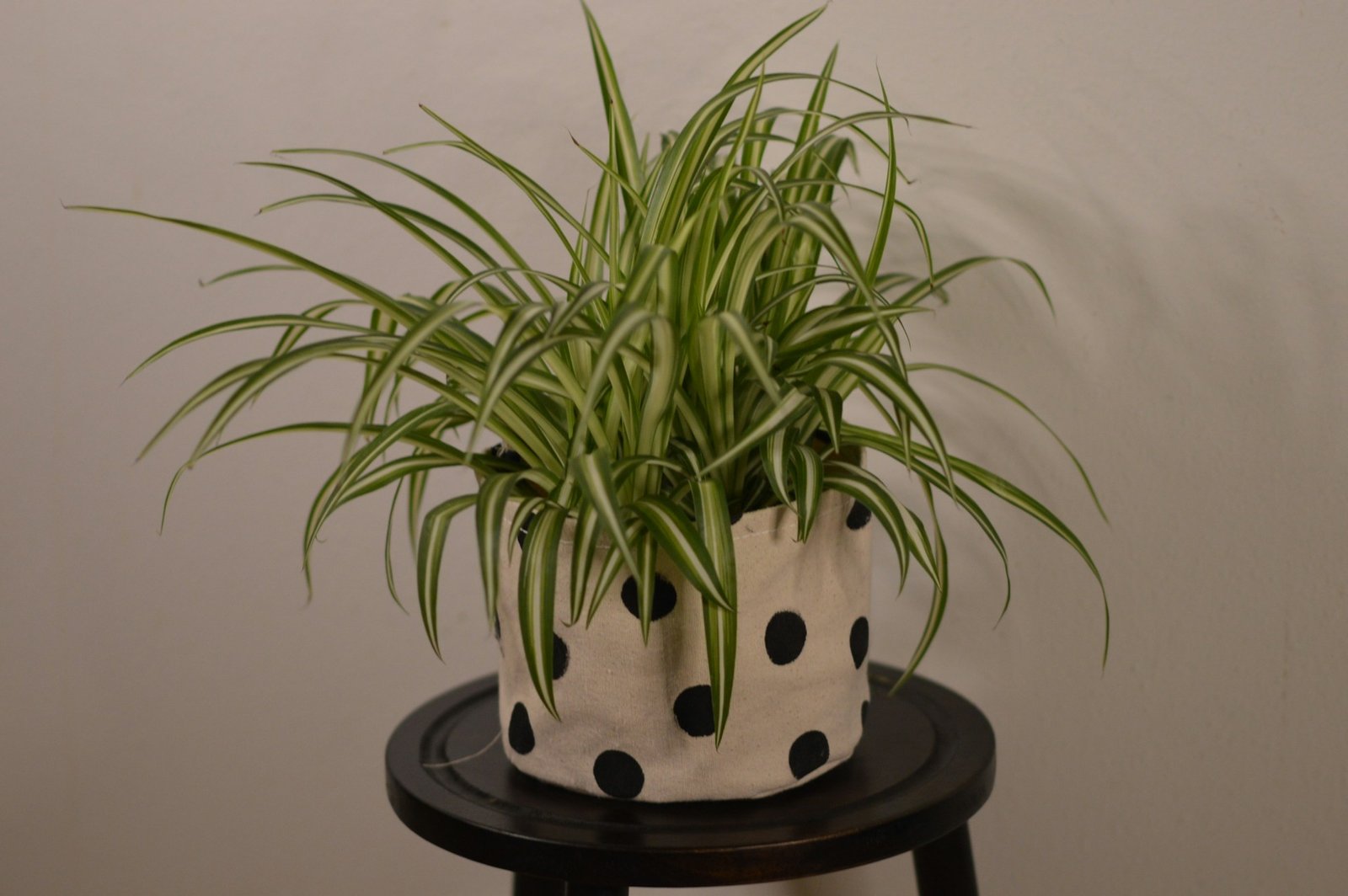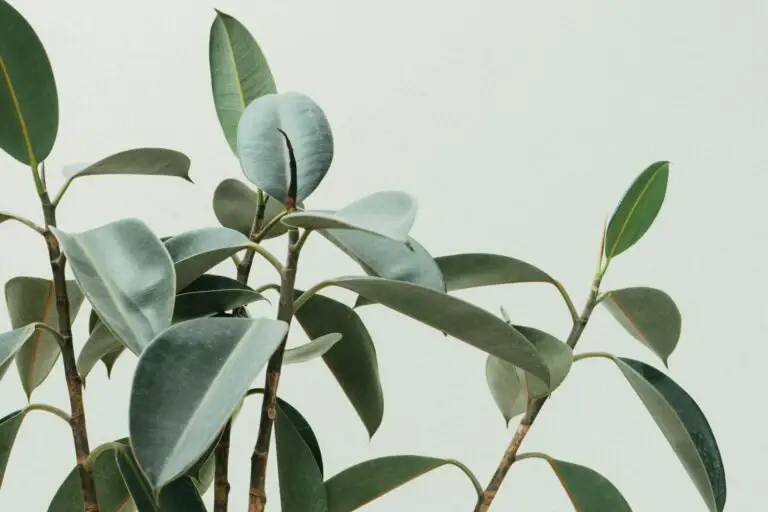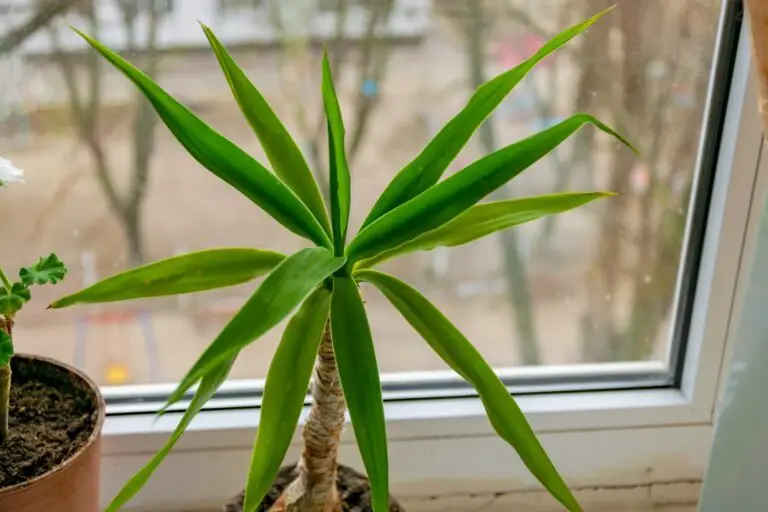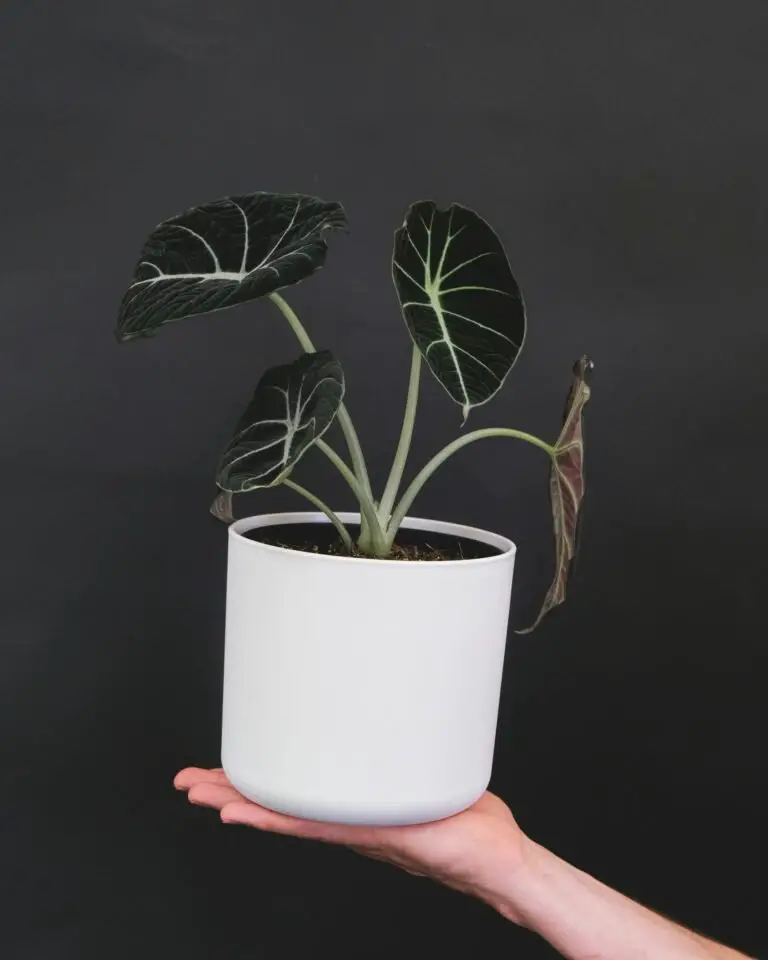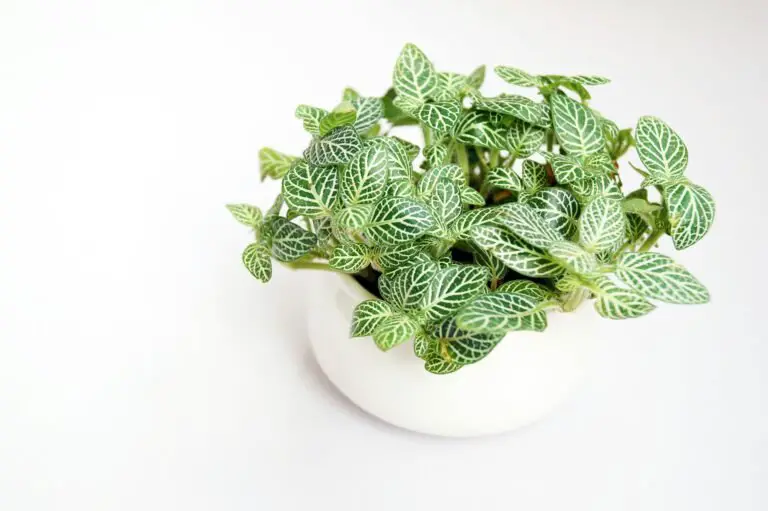Spider Plant Care: How to Grow, Propagate, and Fix Brown Tips
The Spider Plant (Chlorophytum comosum) is basically the gateway drug to houseplants. It’s easy to grow, looks great in hanging baskets, and pumps out baby plants like it’s in a multilevel marketing scheme.
But even the easiest plants have their quirks. Like, why are the tips going brown? Why does it suddenly look sad? And why is it growing babies when you’re barely keeping the parent alive?
Let’s break it down. Here’s everything you need to know to keep your Spider Plant thriving—and how to fix the common issues (brown tips, looking at you).

Why Spider Plants Are the MVP of Low-Maintenance Plants
- Hardy and forgiving
- Grows fast
- Tolerates neglect (up to a point)
- Shoots out “pups” (baby plants) you can propagate with zero skill
- Looks great on shelves, mantels, or trailing from a hanging pot
Basically, it makes you look like you know what you’re doing—even if you don’t.
Light: Bright but Indirect
Spider Plants aren’t super picky, but they thrive in bright, indirect light.
- Bright, filtered light = lush growth and lots of baby plants
- Too much direct sun = scorched leaves
- Low light = slower growth and faded color
If the stripes on your plant start to fade, that’s your cue to move it to a brighter spot. Not enough light = boring green leaves.
Pro tip: East-facing windows are their happy place.
Watering: Keep It Even, Not Soggy
Spider Plants like a balance. Not dry desert soil, not a swamp. Somewhere in between.
How to water:
- Water when the top inch of soil feels dry
- Use room temp water
- Don’t let it sit in water—drainage holes are non-negotiable
Overwatering is the #1 killer of Spider Plants. They look like they love attention, but they’ll drown if you smother them.
Signs of trouble:
- Limp, yellowing leaves = too much water
- Crispy brown edges = not enough, or low humidity
Brown Tips: Why They Happen (and How to Fix Them)
This is the Spider Plant’s most common drama: brown, crispy leaf tips.
Here’s why it happens:
- Tap water minerals (fluoride, chlorine)
- Low humidity
- Inconsistent watering
- Salt buildup from fertilizer
How to fix it:
- Use filtered or distilled water (seriously, it helps)
- Increase humidity with a pebble tray or humidifier
- Flush the soil every couple of months to wash out salt buildup
- Trim the tips with clean scissors—just follow the shape of the leaf
It’s mostly cosmetic, but yeah, we all want pretty leaves. So give them spa treatment if you can.

Soil and Potting: Don’t Overcomplicate It
Spider Plants need soil that drains well but holds just enough moisture.
Best setup:
- All-purpose potting soil + a little perlite
- A pot with (say it with me) drainage holes
They grow fast and can become rootbound quickly. If you see roots coming out the bottom or the plant seems “stuck,” it’s time to repot—usually every 1–2 years.
Fertilizing: Not Too Much
Spider Plants don’t need much feeding. A little fertilizer goes a long way.
Feed it:
- Once a month during spring and summer
- Use a balanced liquid houseplant fertilizer, diluted to half strength
- Skip winter feeding
Too much fertilizer = tip burn, aka crunchy brown leaf syndrome. Less is more.
Propagation: The Plant That Makes Babies on Autopilot
One of the best things about Spider Plants? They grow pups. Everywhere.
If your plant’s happy, it’ll shoot out long stems with baby plants at the end—called “spiderettes.”
To propagate:
- Wait until the baby has tiny roots
- Snip it off the stem
- Pop it in water or soil
- Wait for roots to grow (if using water) or just let it go (if in soil)
It’s basically foolproof. You’ll be handing out free Spider Plants to your friends in no time.
Common Problems and Quick Fixes
- Brown tips? See above. It’s usually water quality or low humidity.
- Limp leaves? Overwatering. Check the soil.
- Leaves turning pale or solid green? Not enough light.
- No babies? It probably needs more light or a slight rootbound situation to trigger pups.
Spider Plants rarely get pests, but if you see sticky leaves or weird webbing, check for spider mites or aphids and treat with neem oil or insecticidal soap.
Final Thoughts
Spider Plants are the kind of houseplant that makes you feel successful—fast. They grow quickly, forgive small mistakes, and reward you with literal baby plants.
Keep them in decent light, don’t drown them, and give them a little filtered water love, and they’ll happily spill out of pots and baskets like indoor confetti.
Easy, fast, rewarding. What more do you want from a plant?
Okay, maybe less brown tips. But hey, nobody’s perfect. 😉

